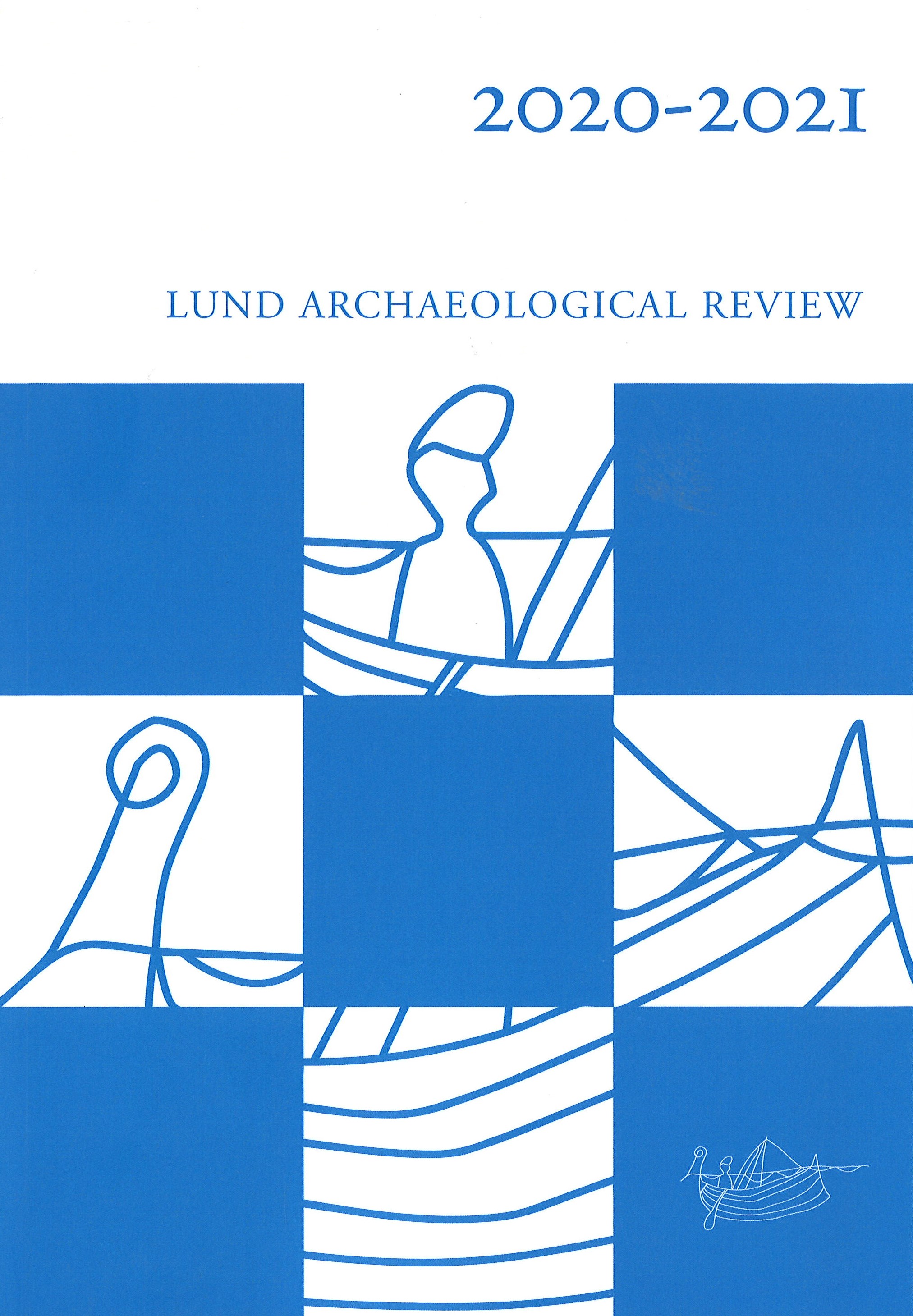Rituals and Language of Power
Migration Period Bracteates and their Deposition as Grave Goods
Abstract
Migration Period bracteates have been found throughout Germanic Europe. While most were placed in so-called hoards, a great number were also deposited in graves. As grave goods, bracteates were generally deposited in ways suggesting a symbolic display of status, gender and identity both before and after death. However, these displays show several distinct geographical differences in how bracteates were deposited and with whom. Some show signs of wear while others seem to have been made specifically for a single ritual purpose. Most grave finds outside Scandinavia consists of female inhumations with bracteates presented in necklaces, while graves in Scandinavia present a greater contextual diversity. Such practices display bracteates as tokens of wealth and prestige, but with different ideas on how wealth and prestige should be displayed. Since the deposition itself was an act with symbolic value, bracteates were multifunctional tools for contemporary elites, used to express influence and ideas in this life and the next.


